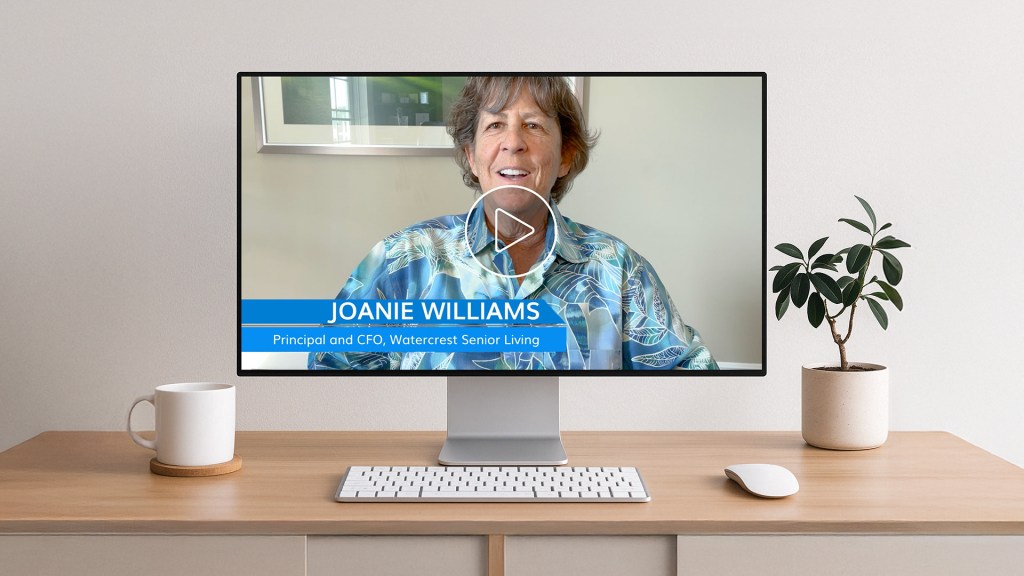By Yardi Blog Staff on April 1, 2019 in People

The economy is approaching a decade without a downturn. U.S. and global GDP are likely to hit a multi-year high at about 3 percent this year and the consensus view is that growth will slow only slightly in 2019, according to a recent Yardi Matrix report on the state of the real estate market. However, the same report shows that rising interest rates and affordability are making it difficult for first-time buyers to afford homes, with construction getting more and more expensive. Soaring land and materials costs have made it difficult to pencil all but high-end new projects in many metros.
Multi-Housing News asked an industry veteran to weigh in on the poignant affordable housing issue. Aaron Gornstein is a leader in affordable housing policy and development, with more than 25 years of executive experience. He is currently the president & CEO of Preservation of Affordable Housing (POAH), a national nonprofit organization that owns more than 7,000 units across 11 states. Gornstein used to serve as undersecretary for the Massachusetts Department of Housing and Community Development. Prior to that, he spearheaded the passage of state and federal legislation, launched innovation programs and helped form numerous coalitions as the executive director of Citizens’ Housing and Planning Association.
How serious is the affordable housing crisis in the markets you currently operate in?
Gornstein: Several major national studies show a severe lack of affordable housing in every state in the country. A new report from the National Low-Income Housing Coalition, for example, found a shortage of seven million affordable and available rental homes for extremely low-income renters and found that no state or major metropolitan area has an adequate supply of rental housing for the poorest renters.
There is a serious shortage of affordable homes in every one of the 11 states where POAH is active. We have long waitlists at our communities, particularly those with rental assistance, where the waitlists are typically years long. When we open new communities, we get dozens of people entering the lottery for every new affordable unit that is available.
What are the main factors that contributed to the intensification of the affordable housing crunch across the U.S.?
Gornstein: It’s a convergence of several long-term trends. Household incomes, especially for lower-income people, have been stagnant as housing costs have grown. At the same time, the government greatly reduced its investment in new affordable housing from the early 1980s on. And in some markets, it’s so difficult and expensive to create new housing that supply constraints have inflated costs beyond what most people can afford.
What are the most common challenges when managing affordable housing communities?
Gornstein: I’m very proud of our property management teams. They are asked to provide excellent customer service, keep our properties well-maintained, handle significant compliance requirements and manage a lot of external relationships—all while meeting budget targets. Given the complexities of the job, we are now focusing more on robust training and retention initiatives across all of our sites.
Our management teams are also excited about our new community impact approach in which everyone is involved with improving our residents’ outcomes in the areas of health, education, employment, financial literacy and community engagement. We accomplish this through dozens of local partnerships with community-based organizations that have expertise in these areas.
How hard is it to obtain public or private financial support when developing new affordable housing properties or preserving older ones?
Gornstein: Public resources for new affordable housing or for preserving existing, at-risk housing are under growing pressure because they have not kept pace with the escalating housing crisis. Anytime a public funder awards resources for a development, we know there may be a half-dozen other worthy projects that can’t be funded—so we do everything we can to ensure our projects use resources as efficiently as possible.
On the other hand, the private capital markets for affordable housing—primarily mortgage debt financing and low-income housing tax credit equity—generally function efficiently to provide affordable liquidity throughout the markets we are in, thanks to the infrastructure provided by the Community Reinvestment Act, Federal Housing Administration, and Fannie Mae and Freddie Mac.
This article originally appeared in Yardi publication Multi-Housing News. Find the rest of the interview with Gornstein here.


